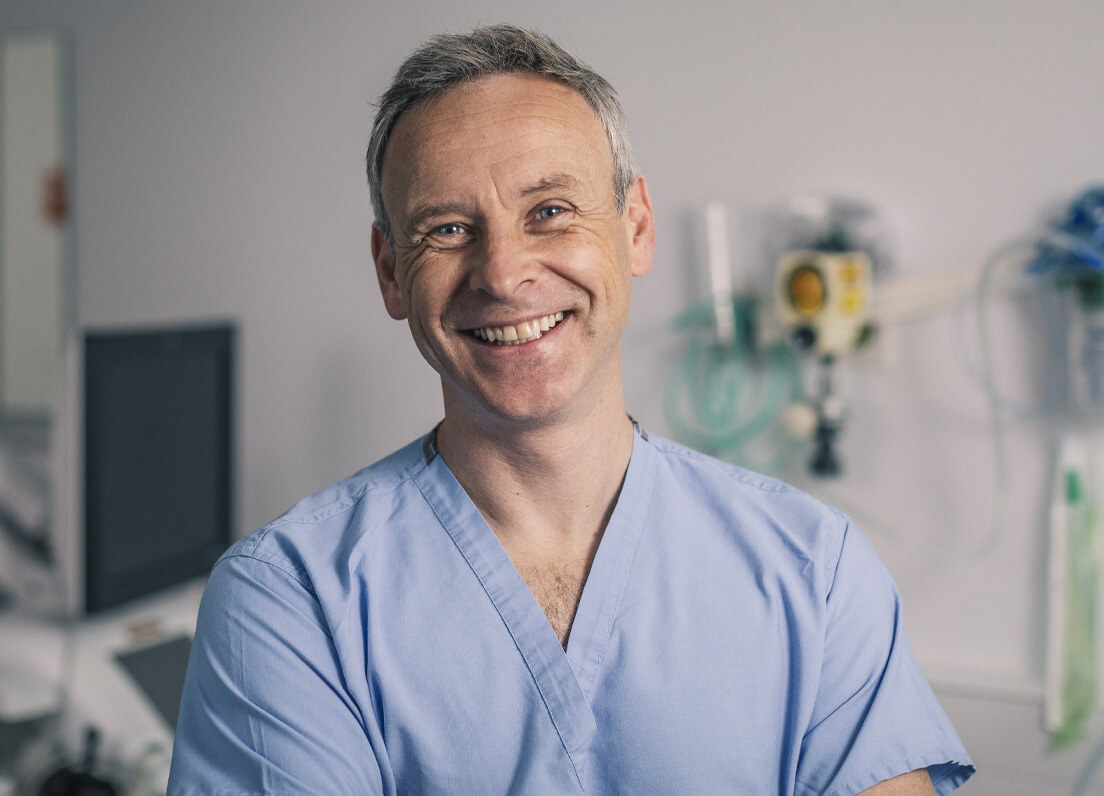Anyone considering surgery should approach the decision with a healthy amount of respect and caution especially when the surgery is elective (or planned) and is non-essential surgery (as aesthetic or cosmetic surgery generally is). All surgical procedures have limitations in terms of achievable outcomes and it is important that your expectations match what is possible through surgery. The choice to go ahead with surgery is always (or should always be) taken after due consideration of the risk-benefit balance for the procedure. Although the majority of patients do not experience problems it is important that you fully understand all the potential risks and complications of fat grafting surgery. It is important that you take the time to read over them again before your next consultation.
Fat survival
When using water assisted liposuction techniques such as (BodyJet) to harvest fat tissue for grafting it is usual to for around 70% of the fat to survive in the breast or buttock, around 50% in the upper half of the face and 25% in the lower half of the face and hands. The amount of fat survival is variable from individual to individual and therefore is unpredictable on an individual basis. It is to be expected that a top up or second procedure may be required to achieve optimum results which is viewed as a separate and additional procedure with an additional fee.
Fat embolism
A rare complication of fat grafting is fat embolism, whereby fat enters the blood stream and lodges in on organ or tissue at a distant site in the body. This can produce extremely serious effects of the tissues involved including blindness (for fat grafting to the face), tissue necrosis and can result in death.
Oil cyst formation
If the injected fat cells fail to survive they will normally be resorbed however if larger volumes of transferred fat merge into a single area this can result I the fat turning into oil and forming an oil cyst. Such a cyst can feel firm or even hard. It may require further treatment including surgery or aspiration. Removal or drainage of such a cyst can result in a contour abnormality in the area where the fat has been transferred to. If an oil cyst were to become infected it may require further treatment including medication or surgery.
Asymmetry
Although every effort is made to achieve a symmetrical appearance following fat grafting there is no guarantee of this following surgery. Pre existing differences between the sides of the body, such skeletal asymmetries, differences in muscle bulk and soft tissue volume, as well as skin tone contribute to this.
Contour irregularities and skin discolouration
Due to the unpredictable nature of fat survival it is possible that contour irregularities such as rippling, prominent areas or dishing may be visible following fat grafting procedures. Changes in skin colouration may be apparent following fat transfer, this may be due to bleeding around the areas treated or due to changes within the tissue resultant from the fat itself. It is usual following fat transfer directly into the skin itself for the treated areas to be yellow for up to a month following treatment and red for up to 3 months following this.
Infection
Infection is unusual after fat transfer surgery. Should an infection occur, additional treatment including antibiotics, hospitalization, or additional surgery may be necessary. If an infection occurs it is possible that this may affect the overall fat survival and aesthetic result achieved.
Fat transfer to the breast
Fat transferred to the breast for the purposes of increasing breast volume (breast augmentation) behaves very differently to breast augmentation using silicone implants. A single episode of fat transfer will produce a maximum of increase of a single cup size (though this increase in not guaranteed). It does not produce the change in breast projection or form associated with breast augmentation).
Weight loss and weight gain
Transferred fat will behave in the same manner as the fat in the area where it was taken from (so it will behave in the same manner as your tummy does with weight gain or loss if the fat has been removed from your abdomen). This means that the appearance of an area that has been treated with fat transfer will change with changes in your body weight and fat content (this means that if you increase your lean body mass by putting on muscle mass whilst losing fat you will also lose fat volume from the area treated even if your weight stays the same).
Further Reading about Face Surgery with Consultant Plastic Surgeon Anthony MacQuillan
- Read more about Fat Grafting to the Face
- Read more about Recovery after Facelift – step-by-step timeline
- Read more about Fat Transfer to the Face
- Read more about Facial Rejuvenation Surgery
- Read more about Facial Feminisation Surgery



